HyperOS 3: Android 15 vs. Android 16 Features & Updates
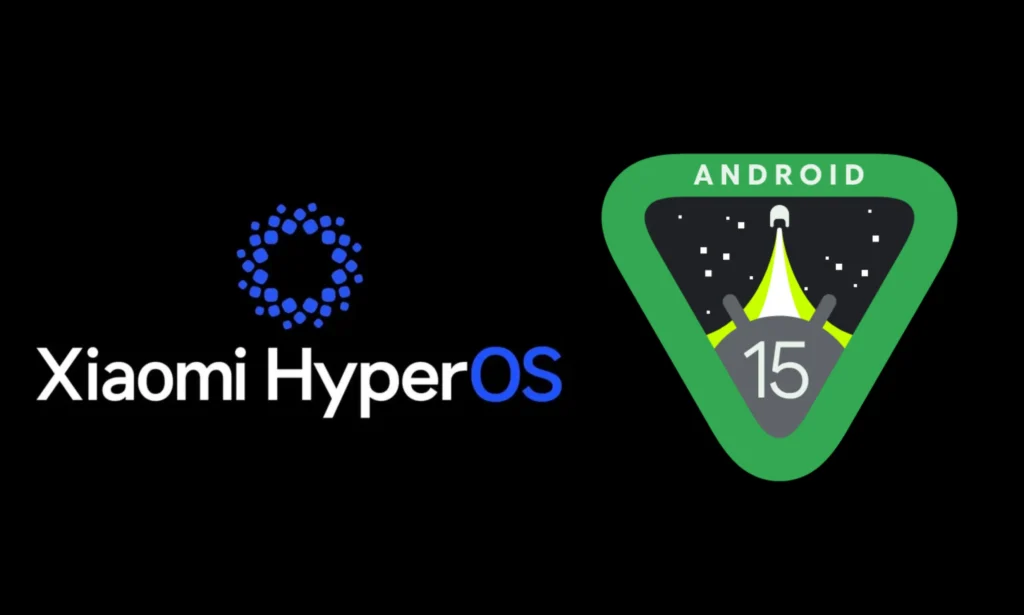
HyperOS 3 on Android 15: What’s Missing and What to Expect
Alright, Xiaomi fans, gather ’round! It’s that time again. Xiaomi dropped HyperOS 3 in China on August 28, 2025, and the global rollout is officially kicking off on September 24. This latest iteration of Xiaomi’s OS is all about tightening up that amazing Xiaomi ecosystem. Now, here’s where it gets a little interesting – there are actually two versions of HyperOS 3 out there: one built on Android 15 and another on the newer Android 16. And, as you might have guessed, not every device is getting the full VIP treatment. As someone who’s been glued to Xiaomi’s software journey, from the early MIUI days right up to this HyperOS era, I’m here to give you the lowdown on what’s up with the Android 15 variant, what general goodness you can expect, and what this all means for you and your beloved Xiaomi device. While HyperOS 3 is definitely a step forward, promising a smoother, more modern feel, devices sticking with the Android 15 base might miss out on some key goodies. This could totally sway your decision when it’s time to upgrade or snag a new phone.
The Android 15 Story: What You Won’t Be Getting
Xiaomi’s strategy with HyperOS 3 is pretty clear-cut: there’s a definite split happening.
- No More Incremental Updates: If your device is running HyperOS 3 on Android 15 – we’re talking about models like the Xiaomi 12, 12T, 11, and even some POCO powerhouses like the F5 or M5 – you’re not going to see those nifty .1 or .2 point releases. These smaller updates are where the real magic often happens, bringing those sweet AI enhancements, tweaks to the interface, and those exclusive Android 16 features.
- Limited Access to Top-Tier AI Features: Think cutting-edge generative AI stuff, like super-charged real-time translation or apps that can truly personalize themselves on the fly. Yeah, those are likely going to be reserved for devices rocking Android 16, such as the upcoming Xiaomi 15 series (the 15, 15 Pro, and 15 Ultra).
- A Shorter Lifespan for Some: By not getting these smaller, feature-packed updates, the useful life of some mid-range and older devices is effectively shortened. It’s a bit of a bummer, but honestly, it’s becoming pretty standard practice in the industry to offer about two to three years of major software support.
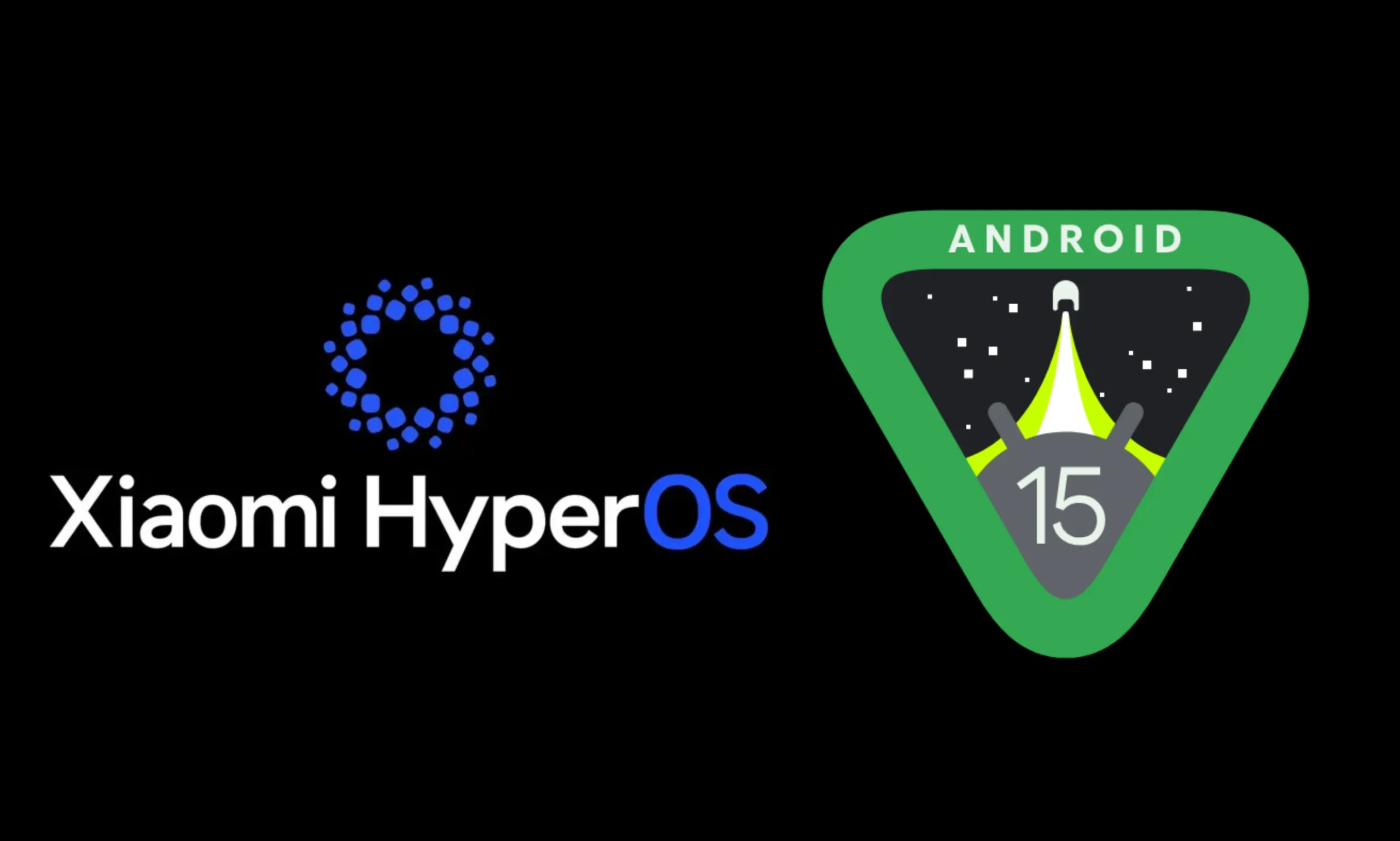
HyperOS 3: The Good Stuff for Everyone
Okay, enough with the limitations for a second, because even the Android 15 versions of HyperOS 3 are bringing some seriously cool stuff to the table that will make pretty much any compatible device feel fresher.
- A Slicker, Refreshed Design: Get ready for a visual upgrade! The icons are getting a minimalist makeover with this cool “liquid glass” vibe, which honestly reminds me a bit of iOS, but in a good way. Plus, those little battery and signal indicators are clearer, and the Control Center is getting a customizable touch.
- “Dynamic Island” Notifications: This is a big one. Xiaomi is bringing those interactive alerts to the status bar, much like what you see on iPhones. It’s a neat way to get quick access to apps and settings without interrupting what you’re doing.
- Cross-Device Magic: For those of you juggling Apple and Xiaomi gear, this is huge. You’ll get support for forwarding calls and SMS from your iPhone directly to your Xiaomi device. Super handy!
- Performance Boosts Galore: Xiaomi is claiming up to a 30% efficiency boost in memory management and app launching. What does that mean for you? Smoother multitasking, even on hardware that’s not exactly top-of-the-line. Nice!
- Butter-Smooth Animations: Get ready for those fluid transitions and subtle blur effects that just make the whole interface feel more polished and, dare I say, premium.
- Keeping Older Devices Relevant: These optimisations aren’t just for the new kids on the block. They’re designed to give devices in the mid-range and budget segments, like the Redmi Note 11 or POCO M4, a new lease on life.
Smart Rollout Strategy
Xiaomi’s approach to rolling out HyperOS 3 is pretty strategic. After the official launch on September 24, a beta program for Mi Pilots will kick things off. They’re prioritizing the flagships, naturally, and then it’ll trickle down to the mid-range and budget devices. Over in China, devices like the Xiaomi MIX Flip and Pad 7 Pro are already getting a taste of the stable beta. If you’re wondering if your specific phone is on the list, keep an eye out for official announcements or check out resources like XiaomiTime or even that handy app, MemeOS Enhancer, for the latest eligibility info.
Who’s Getting What? A Quick Peek
To give you a clearer picture, here’s a breakdown of some of the confirmed devices for HyperOS 3, based on what we’ve seen and heard so far. Keep in mind, this is based on leaks and official data, so things can always shift a tiny bit.
| Model | HyperOS 3 Version | Support for 3.1/3.2 |
|---|---|---|
| Xiaomi 15, 15 Pro, 15 Ultra | Android 16 | Yes |
| Xiaomi 14, 14 Pro | Android 16 | Yes |
| Xiaomi 13, 13 Pro, 13T | Android 15 | No |
| Xiaomi 12, 12T, 12S | Android 15 | No |
| POCO F5, F5 Pro | Android 15 | No |
| Redmi Note 12, 11 Series | Android 15 | No |
| Xiaomi MIX Flip, Pad 7 Pro | Android 16 | Yes |
What This Means for You, the User
So, what’s the takeaway for us, the folks actually using these devices? If you’ve got a device running HyperOS 3 on Android 15, don’t despair! You’re still getting a pretty significant upgrade. That revamped UI, the snappier performance, and the cool cross-device integration are all going to make your daily experience feel more modern and enjoyable. However, the big caveat is that you’ll be missing out on those future AI-centric features and any other goodies that come with the incremental updates. This could be the nudge you need to start thinking about upgrading to something like the Xiaomi 15, which is guaranteed to have the full, extended support.
On the flip side, if you’re rocking one of the newer flagships with Android 16, you’re in for a longer ride. You’ll get access to all the bleeding-edge innovations, like AI-powered battery adjustments and seriously advanced widget customization. Xiaomi’s strategy here seems to be a balancing act – keeping older hardware stable and usable while pushing the envelope with their premium devices. It’s a smart business move, for sure, but it does leave some mid-range users feeling a bit left behind.
The Bottom Line: A Polished Ecosystem, But With a Catch
HyperOS 3 is undeniably a big leap for Xiaomi. They’re really cementing that integrated ecosystem with a slicker interface and optimizations that can breathe new life into devices that are even a couple of years old. But, as we’ve seen, that split between Android 15 and Android 16 creates a bit of a divide. While the top-tier phones are heading into an AI-driven future, the more affordable options are getting a more static, albeit still improved, experience. If your device is on the Android 15 list, you’ll definitely notice the immediate improvements. But if longevity and access to the latest AI wizardry are your top priorities, you might want to start eyeing that upgrade list for 2026. Head over to XiaomiTime, check your device’s eligibility, and get ready for the global rollout. So, are you hyped for HyperOS 3, or is it time to treat yourself to a new Xiaomi?
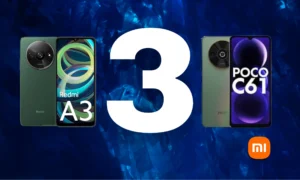
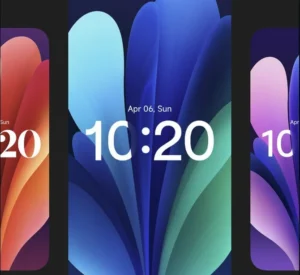


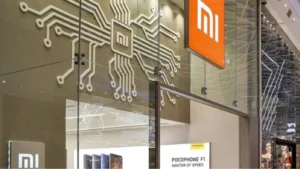


2 thoughts on “HyperOS 3: Android 15 vs. Android 16 Features & Updates”